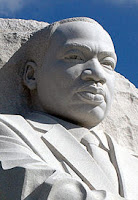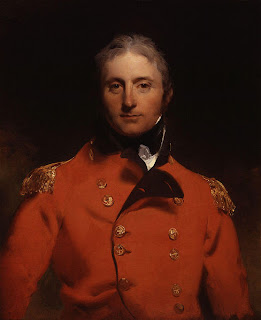 Now that I’ve finished reissuing my old “Three Disgraces” trilogy, I’m looking at the remaining two titles in my backlist. I’m pretty sure I want to reissue my novella “The Wedding Wager” which first appeared in the anthology HIS BLUSHING BRIDE, as it is. Although it’s different in style than my later books and may need a different cover to match, it should please readers who like sweet, traditional Regency novellas.
Now that I’ve finished reissuing my old “Three Disgraces” trilogy, I’m looking at the remaining two titles in my backlist. I’m pretty sure I want to reissue my novella “The Wedding Wager” which first appeared in the anthology HIS BLUSHING BRIDE, as it is. Although it’s different in style than my later books and may need a different cover to match, it should please readers who like sweet, traditional Regency novellas.
I’m not so sure about my first published Regency, LORD LANGDON’S KISS, which I recently glanced through. To put it as kindly as possible, I have improved a great deal as a writer since then! Some readers and reviewers loved it, but it garnered about 3 stars on the average (which is probably about right). One reviewer talked about the “increasing depth of characterization” in the book and now I understand what she meant. The first half or so could use some work.
The question I’m pondering now is whether to reissue the book at all. I don’t want readers who happen to read this title first to be put off trying my later books. If I do reissue it , should I try for a do-over?
 This is the cool thing about reissues. I was tickled when Janet announced that a new edition of her debut Regency, DEDICATION, is coming out from LooseId. Not because the original wasn’t fantastic already, but because this time Janet says it will have “all the sex I really wanted to put in the first time around but which was just inferred”. What’s not to love?
This is the cool thing about reissues. I was tickled when Janet announced that a new edition of her debut Regency, DEDICATION, is coming out from LooseId. Not because the original wasn’t fantastic already, but because this time Janet says it will have “all the sex I really wanted to put in the first time around but which was just inferred”. What’s not to love?
What do you think about do-overs? Any books you would like to rework or see reworked?
Elena
www.elenagreene.com
www.facebook.com/ElenaGreene
 P.S. Next Saturday, I’ll be interviewing Mallory Jackson, author of THE PENWYTH BRIDE, a haunting paranormal romance set in 18th century Cornwall. Visit and comment for the chance to win an e-copy!
P.S. Next Saturday, I’ll be interviewing Mallory Jackson, author of THE PENWYTH BRIDE, a haunting paranormal romance set in 18th century Cornwall. Visit and comment for the chance to win an e-copy!







